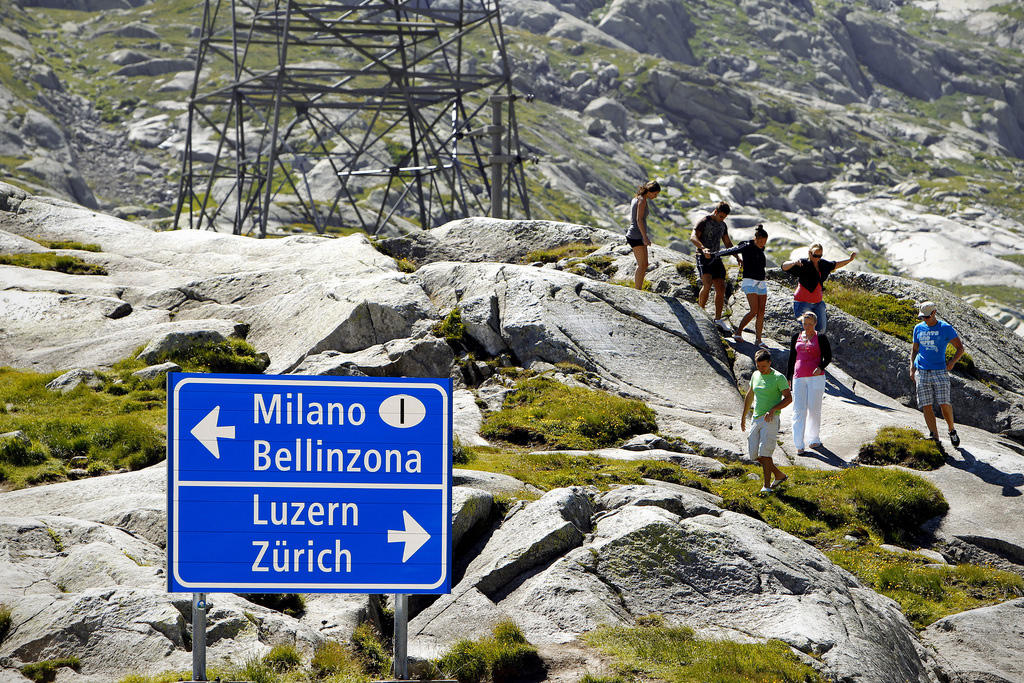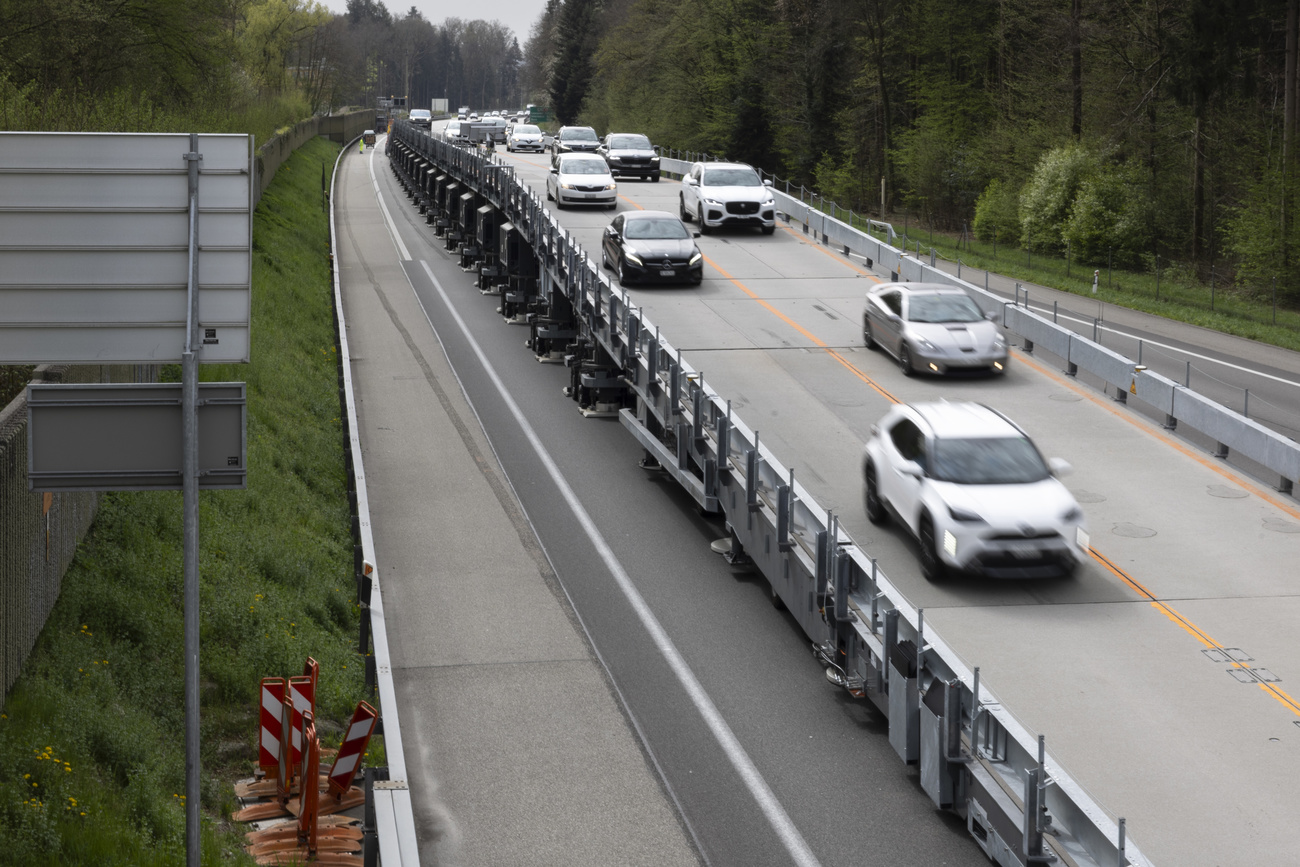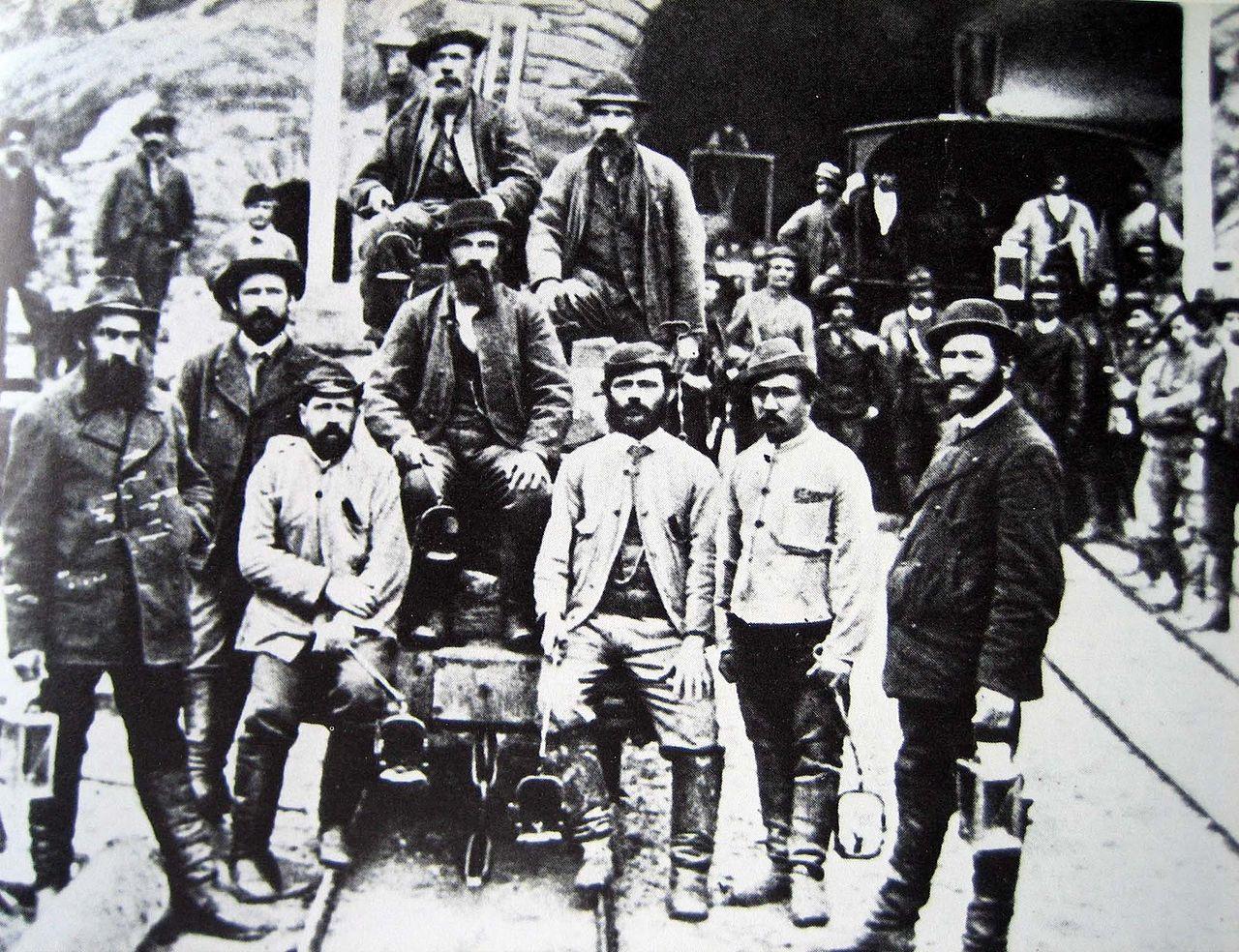World’s longest railway tunnel victim of own success

Almost 10,000 passengers and around 67,000 tonnes of freight pass through the 57-kilometre-long Gotthard Base Tunnel each day. Opened a year ago on June 1, the Gotthard's success is putting the structure to the test.
“We have kept our promise. The railway services are operating safely, reliably and punctually,” said Philippe Gauderon, Head of Infrastructure at Swiss Federal Railways, presenting the balance sheet for the tunnel after it’s first year in operation.
An average of 9,600 passengers a day have travelled through the tunnel between 11 December 2016 – when it opened for passenger trains – and the end of April this year. Compared to the same period in the previous year on the old Gotthard rail route, passenger traffic was up by 30%. The new line has shortened the journey time between the north and south of the Alps by about 30 minutes.

More
Eight things you should know about the Gotthard
Around 67,000 tons of freight a day pass through the tunnel (equivalent of 120 freight trains or five and a half thousand trucks) that was primarily built to remove heavy goods transport from the roads on the busy north-south axis.
Overcrowded trains
Travellers have been less impressed. There have been complaints of lack of seats, with carriages frequently overcrowded at weekends and public holidays.
With expected occupancy at times over 140%, the Railways has angered passengers by making them leave the train to wait for the next one since overcrowded carriages cannot be evacuated properly in case of breakdown or fire in the tunnel.

More
Into the depths of the Gotthard, in 360 degrees
Services have been increased in recent weeks to handle the high demand. And new, faster and more spacious rolling stock will come on line from 2019.
The tunnel’s full capacity will not be reached until the end of 2020 when the Ceneri Base Tunnel (15.4 km) – the second key element of the New Rail Link through the Alps (NRLA) – will open. Up to 260 freight trains a day with a total load of 377,000 tons will then be able to travel along the route.
The success of the project and the possibility of transporting goods from the North Sea to the Mediterranean will also depend on how quickly surrounding countries and the rest of Europe complete their feeder lines. Gauderon said that Italy is on the right track but there is still some work to do in the north. “The Netherlands, Belgium and Germany need to step up their efforts,” he said.

In compliance with the JTI standards
More: SWI swissinfo.ch certified by the Journalism Trust Initiative












You can find an overview of ongoing debates with our journalists here . Please join us!
If you want to start a conversation about a topic raised in this article or want to report factual errors, email us at english@swissinfo.ch.